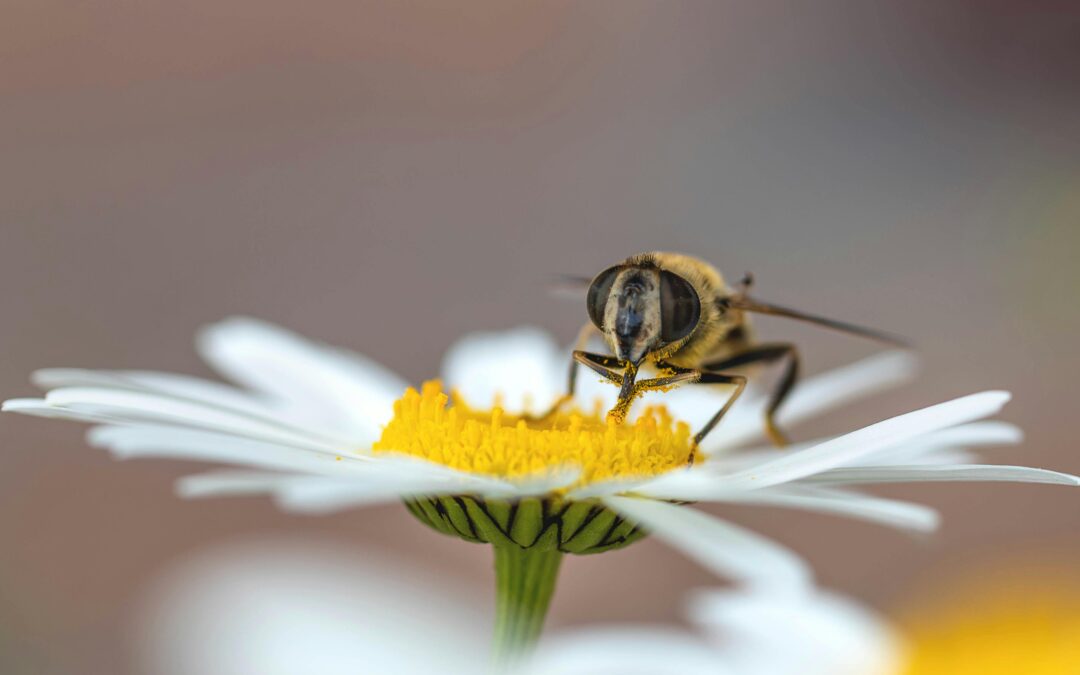Bees and wasps may appear harmless, but these insects can pose a risk to workers. A bee sting may cause mild discomfort; however, some can lead to severe allergic reactions that require immediate medical attention and could be life-threatening.
Discussion Points:
- Risks associated with bees and wasps.
- Identify workers allergic to bee and wasp stings.
- Protocols for treating stings and allergic reactions.
Discussion:
Ensuring safety around bees and wasps is crucial because, while they are essential pollinators, they can pose risks. A bee sting may cause symptoms such as swelling, redness, hives, and itching, which can distract workers. Multiple stings can lead to more serious reactions, especially in individuals with compromised immune systems. For those allergic to bee stings, even one sting can trigger anaphylaxis, resulting in difficulty breathing, swelling of the throat and tongue, and a dangerous drop in blood pressure. In extreme cases, this reaction can be life-threatening if not treated promptly. Workers with a history of severe allergic reactions to bee stings should carry an epinephrine autoinjector and wear medical ID jewelry indicating their allergy.
Bees and wasps can disrupt the work environment. For individuals afraid of bees, their presence can cause anxiety and distract them from their work, leading to decreased productivity and increased stress as they try to avoid these insects.
Several measures can be taken to address this issue proactively. Before entering the work area, check the site to ensure it is free of flowering plants or garbage that may attract bees and wasps. Installing screens on windows and doors can help prevent these insects from entering indoor spaces.
Educating workers on handling encounters with bees and wasps is crucial. Workers should wear light-colored clothing that covers as much skin as possible and avoid using perfumed soaps, shampoos, and deodorants. It is also vital not to wear cologne or perfume.
If a bee enters a vehicle while driving, remain calm. Pull over safely, stop, and open all windows to allow the bee to exit.
Workers should remain calm and avoid swatting bees, as this can provoke them to sting. Instead, slowly and calmly move away from the area where bees or wasps are present and seek shelter indoors if possible.
If stung, remove the stinger by scraping it out with a straight-edged object and seek medical attention immediately, mainly if symptoms of an allergic reaction occur. It is crucial not to pull the stinger out with fingers or tweezers, as this can push more venom into the wound.
After removing the stinger, wash the affected area with soap and water. Avoid scratching the sting area, as this can worsen swelling and itching and increase the risk of infection. Apply ice to reduce swelling. Antihistamines may help; be sure to follow the instructions on the packaging. Seek immediate medical attention if the sting causes severe chest pain, nausea, excessive sweating, difficulty breathing, significant swelling, or slurred speech.
Addressing the presence of bees and wasps proactively and understanding how to handle encounters with these insects can help reduce risks and create a safer work environment.
As always, stay safe out there!


Recent Comments